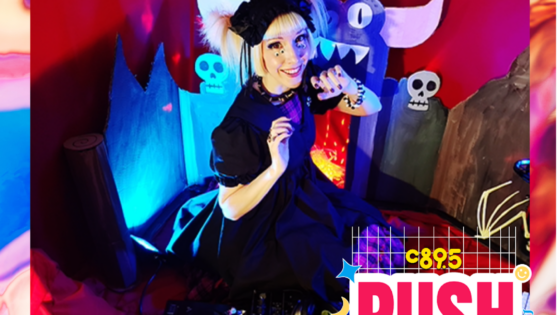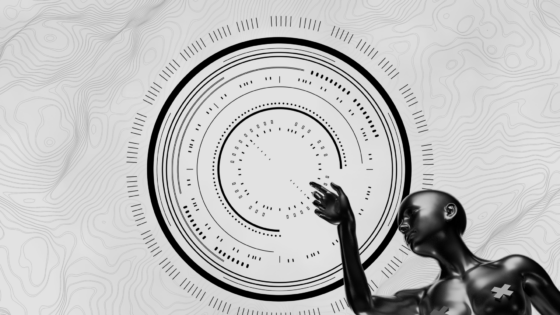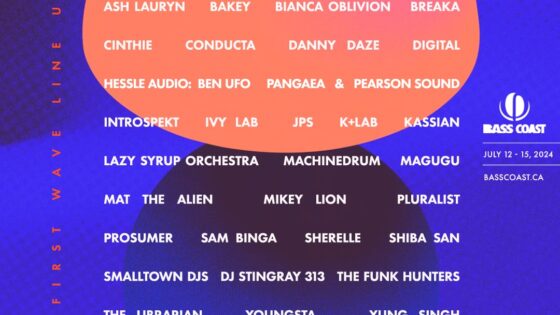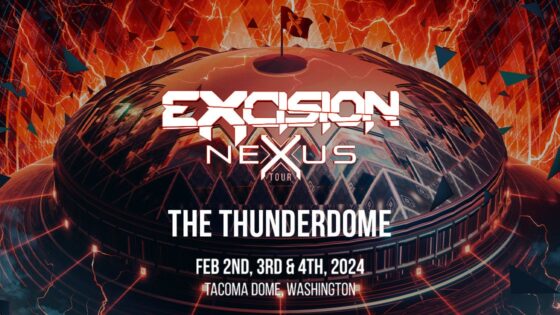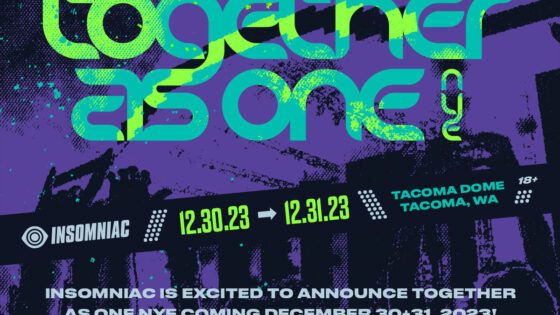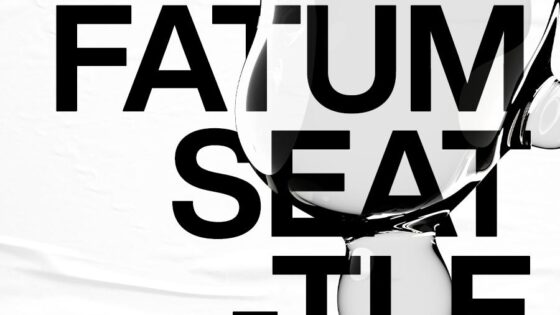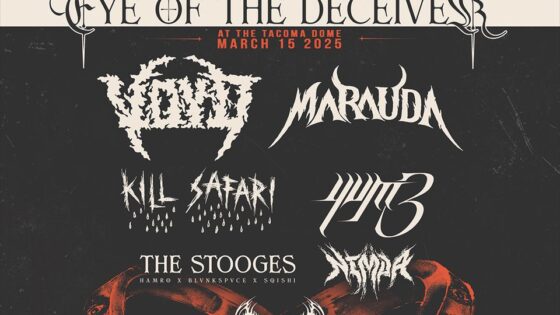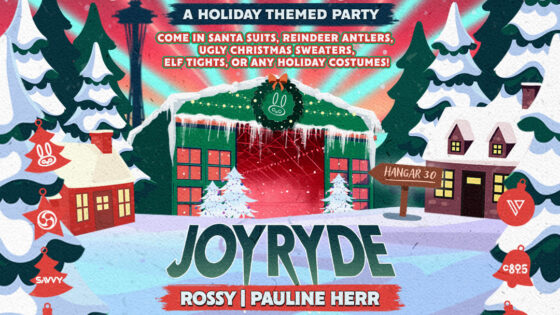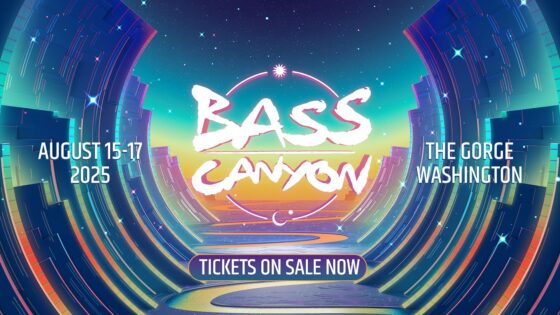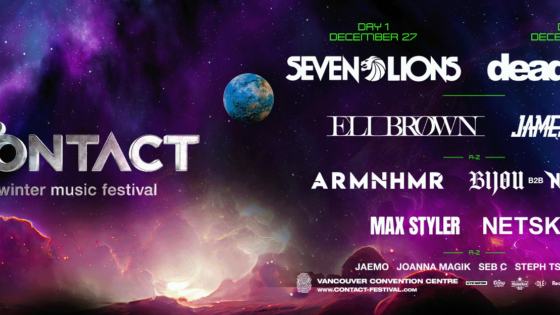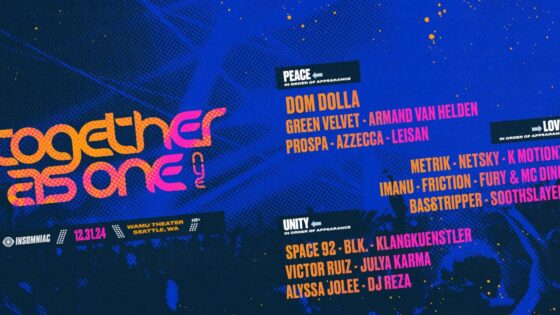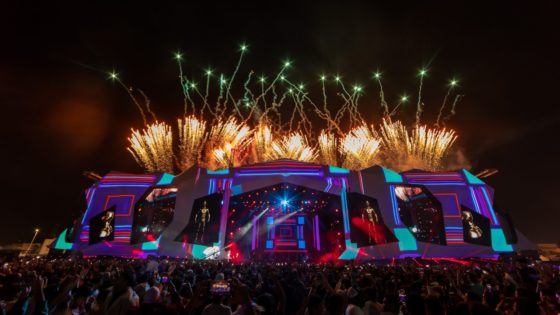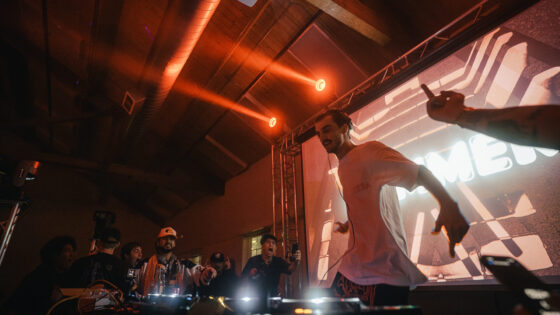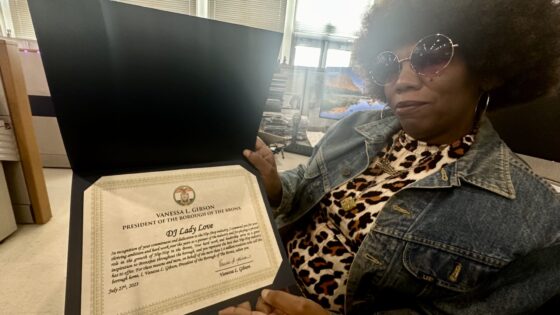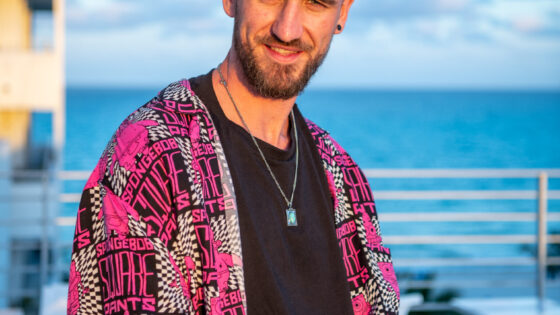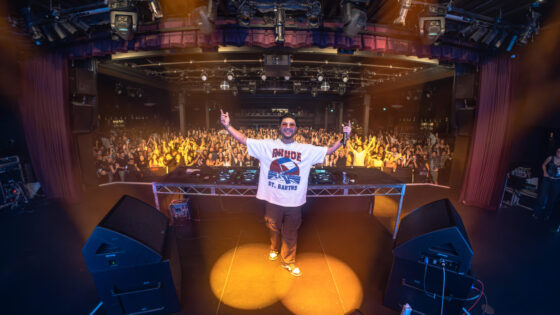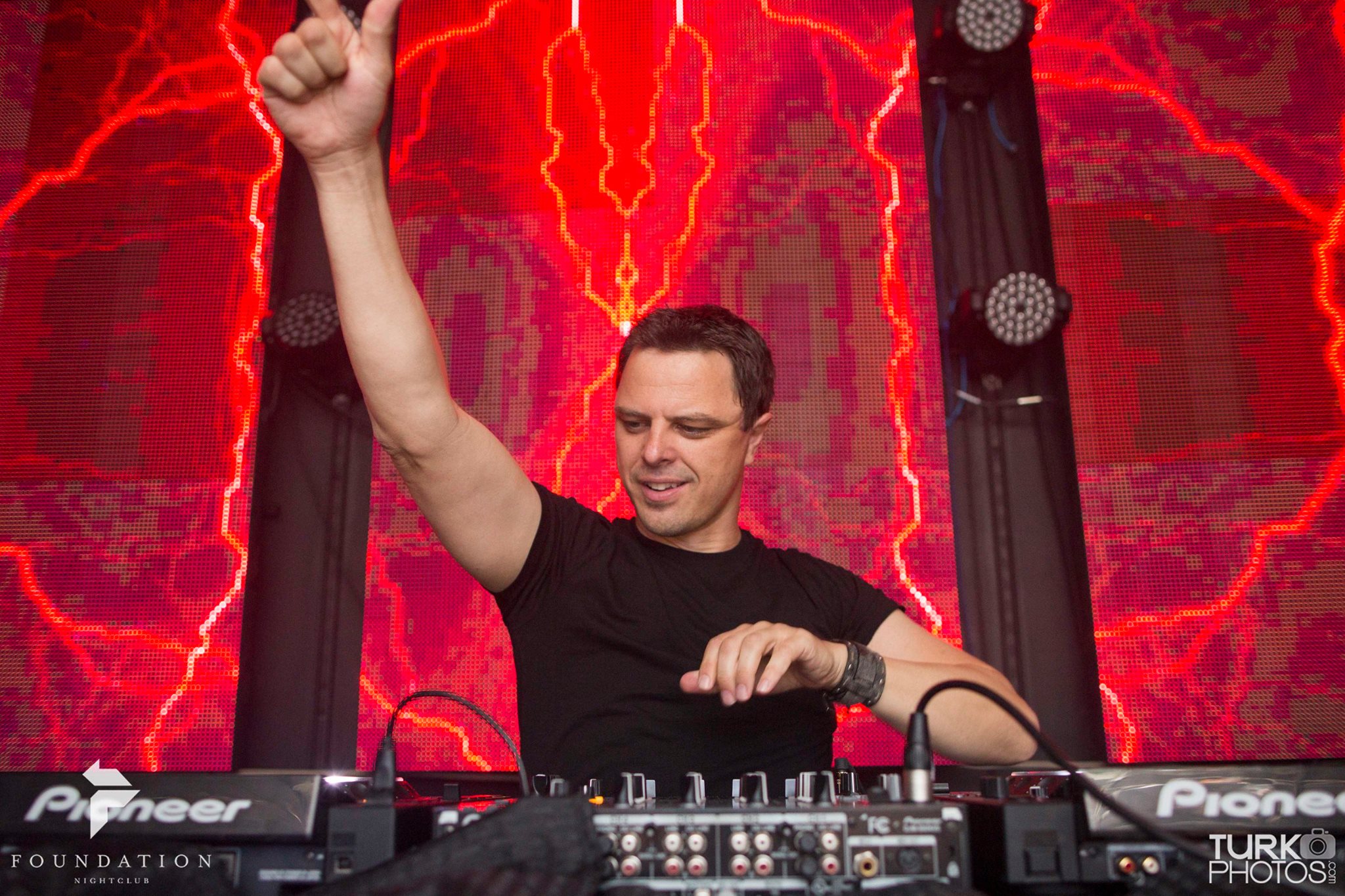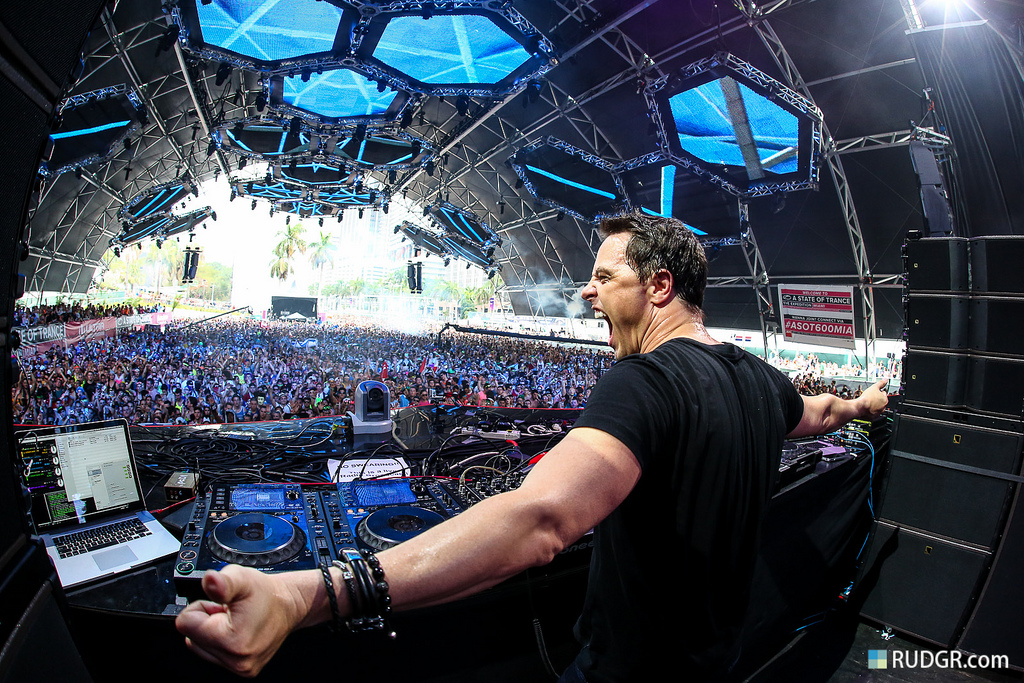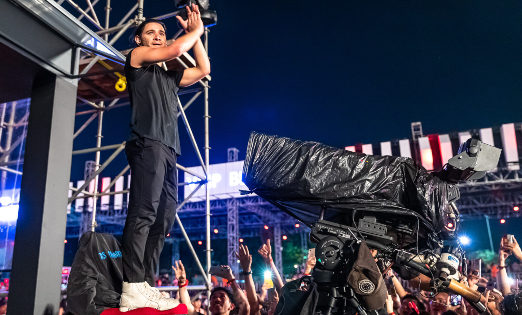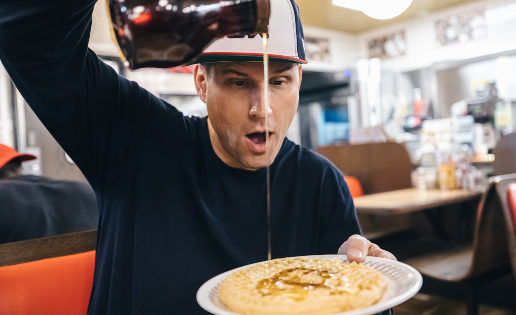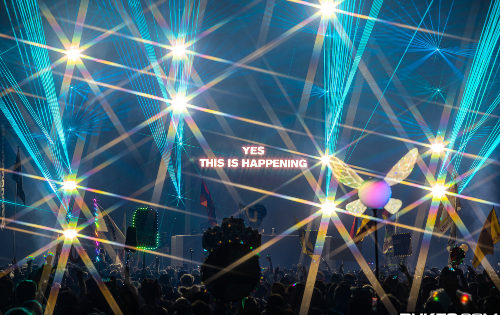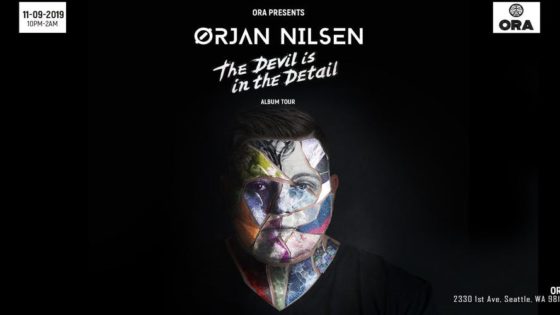[divider]How We Got Here[/divider]
All this isn’t to say that our standards for trance shouldn’t be as high as they were the first time we found ourselves craving something more. If the last week on social media has taught us anything, it’s that the scene has a whole host of problems rooted in the commodification of art. We live in an age where an artist can buy Facebook likes and Soundcloud plays, creating an environment where talent is no longer a prerequisite for success.
“You know what happened? In this business right now, success can be bought. A lot of people in the scene bought their way in and now they’re realizing that if you want to last in this industry, you have to know what you’re doing.”
Schulz comes from a generation of artists that started from scratch, building their fanbases from the ground up in a way that produced a loyal long-term audience. Nowadays, despite the fact that popularity (however artificial) can be bought, true credibility is something without a price tag. “We came into the scene with credibility and we grew as musicians,” he describes. Sans social media and streaming platforms, Schulz and his contemporaries in the early 90s were left only with their talent and passion to speak for itself.
But the scene today isn’t completely doomed. The onus is on both the artists making the music and the fans consuming it to bring us to a healthy middle, where dance music can continue its spread without over-saturating the way it has these last few years.
[divider]Finding the Middle Ground[/divider]
Schulz isn’t out to be a savior for dance music. At the same time though, those who label trance (or any genre for that matter) as “dead” because certain artists have left it behind are in many ways missing the bigger picture. We as fans have an innate tendency to fixate on a handful of DJs as the shining example of our favorite genres. But as Markus sees it, variety is a catalyst for good music.
“You have somebody who made traditionally ‘pure’ trance back in the day now making pure pop, and now all the sudden trance is dead? No. There’s plenty of people still doing it; stop being so narrow-minded and thinking one artist is the ‘pure’ beacon of trance and go give some other guys a shot.”
It’s that narrow-mindedness that keeps us from discovery, forcing us to prop up a small sub-section of artists as the representatives of the one true form of our favorite music. With all the music out there in the world, limiting ourselves to one small handful of DJs serves only to crush the growth of our scene both here in the Northwest and abroad.
All that being so, there’s no reason we can’t ask more of our scene. “All these guys who were cheesy drop DJs suddenly are now trying to find credibility,” as fans today are beginning to want more from their trance music. The key, as it is with most things, is compromise. Fans on both sides of the debate have the ability to affect real change if they can manage to meet somewhere in the middle.
“There’s gotta be a balance. Educate people. Have an audience and fanbase that likes to be challenged, but don’t make it get to the point that nobody understands it and everybody is just standing around analyzing.”
And if at the end of the day, some of us still find ourselves wanting what’s become defined as that “pure” trance sound? “If people want real trance, pure trance the way it was in 2005 and before, it’s out there.” It’s up to us though to track it down and lend our support to the artists we want to see succeed: The ones who’ve actually put in the time and effort to make themselves truly great. As Schulz says, “the pure sound people are craving is still out there. Now go find it.”
Important things happen in Pacific Northwest nightlife, and DMNW will send you alerts!
Pop culture junkie, dinosaur enthusiast, and proud Managing Editor. While an avowed basshead, has been known to be ever-so-slightly trance-curious under the right circumstances.




